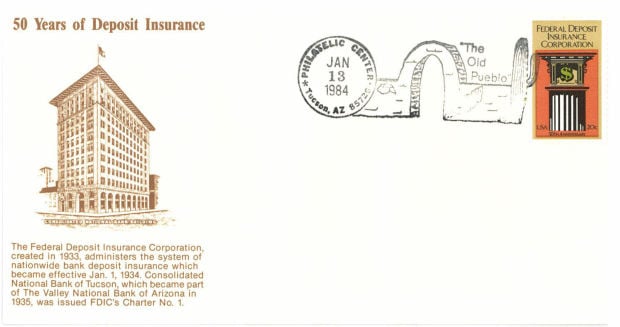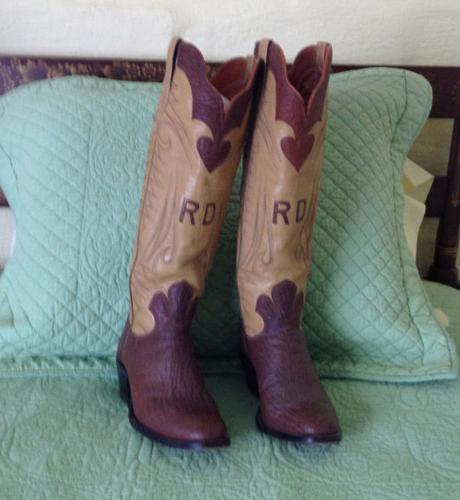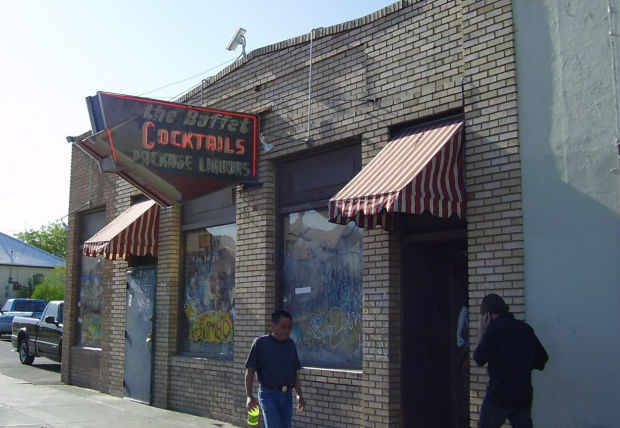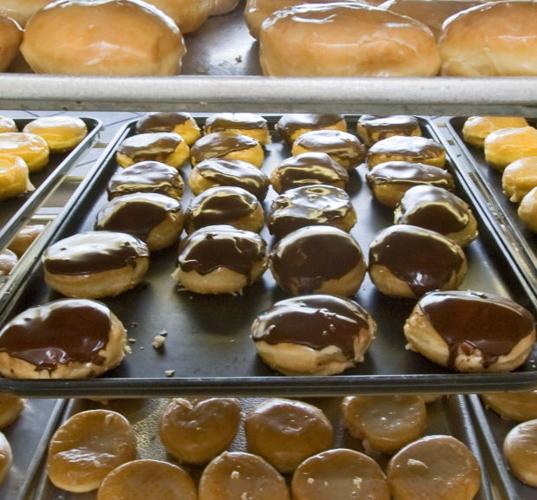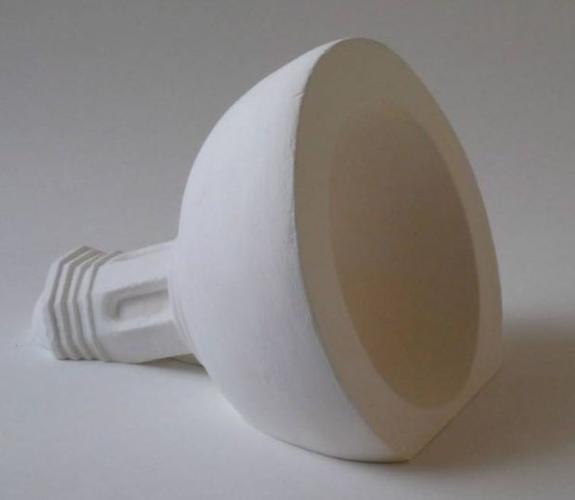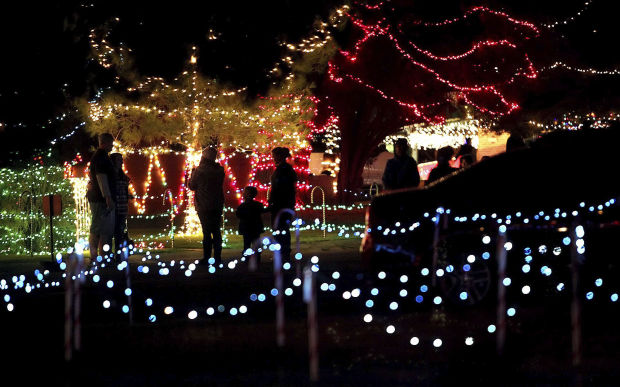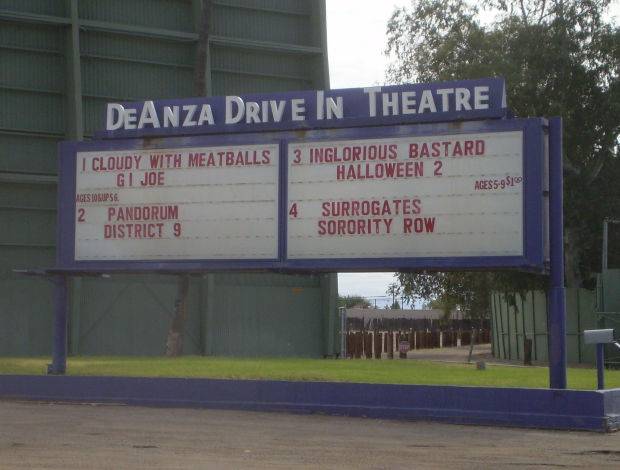The “Tucson in 100 Objects” series rides into the sunset Monday, but not before readers have their say.
Readers had a lot of ideas about what we might have included. They also had some strong feelings about what we did list.
Entries on the chimichanga, the javelina, the heat and flags that flew over Tucson all came into question.
Some folks didn’t believe that old tale about Monica Flin accidentally inventing the chimichanga at El Charro restaurant and suggested different origin stories.
Three readers disputed my contention that javelina is inedible no matter how you prepare it. Felicia Stickney even sent a recipe for me to try. That’s not gonna happen.
Stickney was also among several readers who questioned my account of the flags that have flown over Tucson.
In it, I said Confederate troops abandoned Tucson peacefully as the Union cavalry advanced. That’s true, but the account left out an earlier battle at Picacho Pass, in which three Union soldiers died.
Bill Atkinson, of Green Valley, disputed my contention that it’s too hot when the temperature climbs above 100 degrees. He prefers the dry heat here to the humid weather back in Pennsylvania.
Mostly, we were pretty much on the same page. For desert flora, we included the saguaro (today’s featured object in our series), the prickly pear and the palo verde tree — suggestions a lot of readers also made.
The saguaro, as you might expect, was one of the most suggested objects by readers, with Mission San Xavier del Bac also popular.
We had suggestions for ironwood trees and creosote, and those certainly could have been included.
In the fauna category, we listed the javelina and, in tongue-in-cheek fashion, the snowbird.
We had suggestions for rattlesnakes and coyotes.
Food was another big theme. We listed tepary beans, Eegee’s slushes, the chimichanga, the presidential plate at Mi Nidito and Sonoran hot dogs. Our readers thought we were remiss in not listing the tamal, carne seca and Le Cave’s doughnuts.
Those chimichangas triggered the biggest food fight.
Reader Alejandro Moreno called to say the chimichanga had been invented as the “golden-fried burrito” at his family’s restaurant in Avondale.
Tom Van Devender, whose long career at the Arizona-Sonora Desert Museum and his research trips as biologist and ethnologist throughout the region qualify him as an expert, made a pretty good case for chimis showing up in Sonora long before they did here.
He said his wife is from Sonora and her family passed down memories of eating something called a chivichanga back in the early 1900s.
Van Devender said one of his Mexican academic colleagues suggested that the term was a Mexican version of a Chinese specialty. The Chinese, or their Mexican wives, basically made egg rolls from foods available locally.
“It’s about time to broaden the chimichanga origin story,” Van Devender wrote.
And it’s time to broaden “Tucson in 100 Objects” with more suggestions from our readers.
From reader and Tucson author, Tom Miller: Mountain Oyster Club, Dusty Chaps, baggie of marijuana, Tack Room, Iron Man statue
From Jeffrey Scott Brown: his Christmas-themed neighborhood of Winterhaven
Ken Bunzey: roadrunner
Matthew Sears: Tanque Verde Guest Ranch, Mountain Oyster Club, bullfighter statue at Casa Molina
John Katchmer: wine grapes
Betty J. Villegas: Los Changuitos Feos youth mariachi
Vernon Demarest: potholes, or pieces of cars jolted off by them
Richard Shenkarow: Casas Adobes Plaza
Mark Sterling: the stone house near South Mission Road and West 36th Street, the Bum Steer, The Buffet bar, DeAnza drive-in, Henry Electric
Pat Napombejra: a model of the missing dome from San Xavier
From Larry Schnebly and his morning coffee crew: the Paul Bunyan statue, the Garden of Gethsemane sculpture, the mural on the Farmer John’s building
Larry’s daughter Lisa proposed her “Support the copper strikers” mug, the Corbett Ditch, a brick from old Fort Lowell and a Linda Ronstadt album. We had her covered on the last two.
Richard Jones: the airport, the Rillito in flood, El Con mall, Speedway cruising, Der Weinerschnitzel, fires on A Mountain, fireworks at UA stadium and traffic signal synchronization
Norma Sebastian: Scottish Rite building
John Anderson: Rodeo Days, Tucson’s unique electoral system
John Kohl: flooded intersection
George Steele, former head of the Southern Arizona operations for Valley National Bank: a sheet of stamps issued in 1984 on the 50th anniversary of the first bank to be insured by the Federal Deposit Insurance Corp., or FDIC. That would be the Consolidated National Bank (later Valley National), at the corner of Stone Avenue and Congress Street in downtown Tucson.
Nadine Stoner: Gaslight Theater
Julie Rose: flowering cacti
Ann Prugh: Le Cave’s bakery, Madera and Sabino canyons
Michael Wsol: Diana Madaras painting
Doug Morris: the trifecta of Window Rock, Thimble Rock and Finger Rock
Susan Vance: Rillito Race Track and “the magnificent American Quarter Horse”
Ruth Ann Duncan-Thomas: her Paul Bond monogrammed cowboy boots
Kenneth V. Karrels: Historic Train Depot
Finally, Jane Wilkie suggested we include what her mother always said she found amazing when she arrived by train in Tucson in 1944: There were orange trees and friendly people.
We listed orange trees, but not the friendly people. We’ll make them an honorary object. Everybody has been pretty friendly throughout the 100 days of this project.
Even those of you who objected did so in civil fashion. You must be from Tucson.



